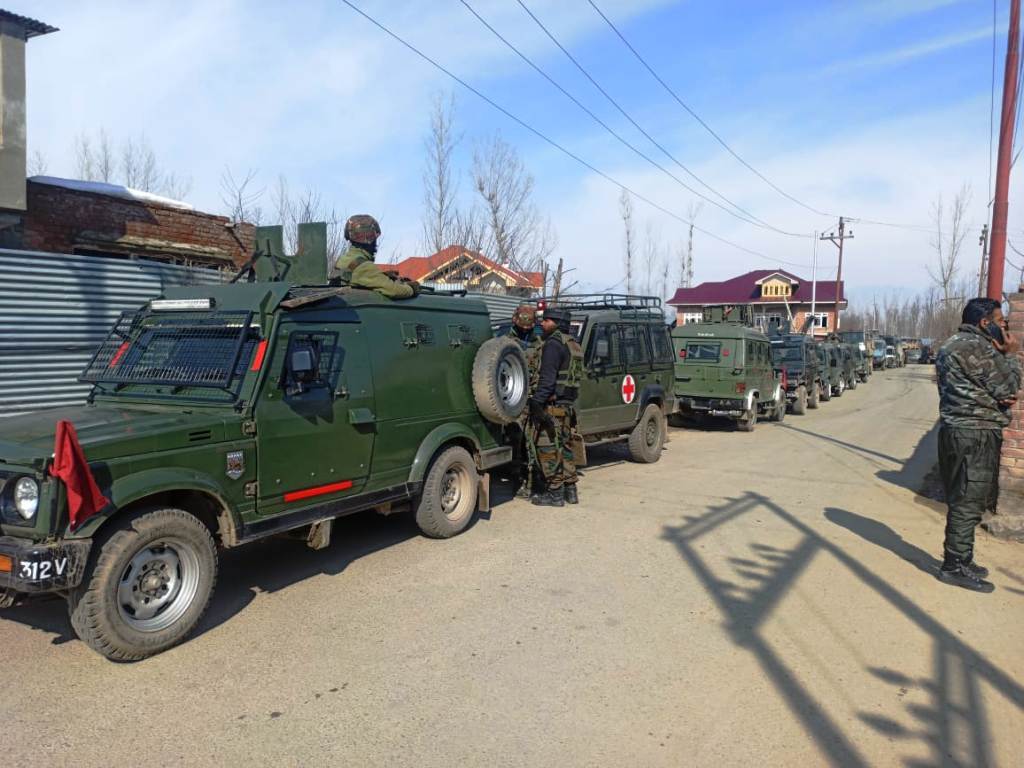KL Report
NEW DELHI
Jammu and Kashmir recorded 69 child rape cases between 2001 and 2011. The figures surfaced after Asian Centre for Human Rights (ACHR)—NGO dedicated to the promotion and protection of human rights and fundamental freedoms in the Asian region—submits the report on Saturday in advance to the UN Special Rapporteur on Violence Against Women, Rashida Manjoo who is conducting an official visit to India from April 22 to May 1.
ACHR in its report, “India’s Hell Holes: Child Sexual Assault in Juvenile Justice Homes” stated that sexual offences against children in India have reached an epidemic proportion and a large number of them are being committed in the juvenile justice homes run and aided by the Government of India.
The 56-page report, citing National Crimes Record Bureau statistics, stated that a total of 48,338 child rape cases was recorded from 2001 to 2011 and India saw an increase of 336% of child rape cases from 2001 (2,113 cases) to 2011 (7,112 cases). These are only the tip of the iceberg as the large majority of child rape cases are not reported to the police while children regularly become victims of other forms of sexual assault too.
Among the states, Madhya Pradesh recorded the highest number of child rape cases with 9,465 cases from 2001 to 2011; followed by Maharashtra with 6,868 cases; Uttar Pradesh with 5,949 cases; Andhra Pradesh with 3,977 cases; Chhattisgarh with 3,688 cases; Delhi with 2,909 cases; Rajasthan with 2,776 cases; Kerala with 2,101 cases; Tamil Nadu with 1,486 cases; Haryana with 1,081 cases; Punjab with 1,068 cases; Gujarat with 999 cases; West Bengal with 744 cases; Odisha with 736 cases; Karnataka with 719 cases; Himachal Pradesh with 571 cases; Bihar with 519 cases; Tripura with 457 cases; Meghalaya with 452 cases; Assam with 316 cases; Jharkhand with 218 cases; Mizoram with 217 cases; Goa with 194 cases; Uttarakhand with 152 cases; Chandigarh with 135 cases; Sikkim with 113 cases; Manipur with 98 cases; Arunachal Pradesh with 93 cases; Jammu and Kashmir with 69 cases; Andanam and Nicobar Island with 65 cases; Puducherry with 41 cases; Nagaland with 38 cases; Dadra and Nagar Haveli with 15 cases; and Daman and Diu with 9 cases.
“The girls remain the most vulnerable. It matters little whether the juvenile justice homes are situated in the capital Delhi or in the mofussil towns,” Suhas Chakma, director of ACHR, said.
In the case of government-run juvenile justice homes, the perpetrators were staffs including the caretakers, security guards, cooks and other Class IV employees, and the senior inmates. In two cases, the sexual abuses were committed by the senior inmates in collusion with the staff.
“In most cases, sexual assault in the juvenile justice homes continues for a long period as the victims are not able to protest and suffer silently in the absence of any inspection by the authorities under the JJ(C&PC) Act,” Chakma said. “While authorities of the juvenile justice homes are the main predators, the absence of separate facilities, in many cases for boys and girls, and in most cases as per age i.e. for boys and girls up to 12 years, 13-15 years and 16 years and above as provided under Rule 40 of the Juvenile Justice Care and Protection of Children Rules 2007 facilitates sexual assaults on the minor inmates by the senior inmates.”
The report highlighted four major failures for the continuing sexual assaults in the government run and aided or unregistered juvenile homes.
First, most state governments have not formed Inspection Committees which are mandated to inspect the juvenile justice homes and report at least once in every three months. Second, there are hundreds of unregistered child care homes across the country despite the requirement to register the same within six months under JJ(C& PC) Act, 2006. Inspection is seldom carried out in these unregistered homes and children remain extremely vulnerable to sexual abuse in these homes.
Third, though there are 462 District Child Welfare Committees (CWCs) in 23 States mandated to verify fit institutions, majority of them exist only on paper.
Fourth, the lack of segregation on the basis of gender, nature of offences and age facilitates senior inmates to commit the offences against minor inmates including girls.
















“OCCUPATIONAL IMPACT”